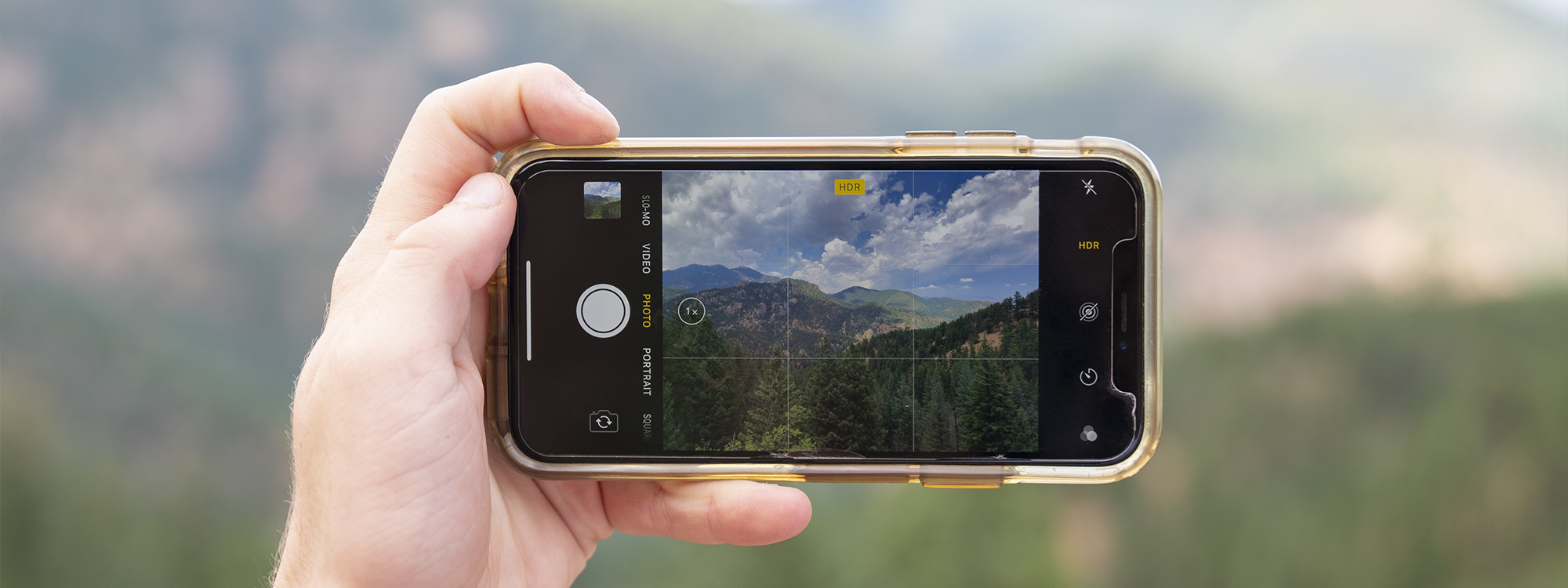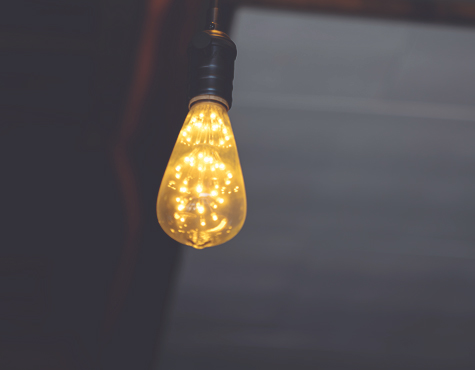
WHY DOES PROFESSIONAL PHOTOGRAPHY & VIDEO COST WHAT IT DOES?
“When people ask me what equipment I use – I tell them my eyes.” — Anonymous
“You can look at a picture for a week and never think of it again. You can also look at a picture for a second and think of it all your life.” – Joan Miro
Importance in Photos
You can take a good photo on a cheap phone, you can take a bad photo with an expensive camera. But when a fantastic photo with clarity is all wrapped up in one, that creates magic in one render.
Some people see little importance in, not necessarily a professional photo (or video), but in paying for it. People see quality, whether that be conscious or subconscious. As a photographer, you hear, “Will you take this (these) photo(s) for free, or cheap… on your camera? It’s just a few simple photos.” If you want me to get a quick photo with your phone, yeah, otherwise, no.
Overview:
You are paying to use a person’s time, knowledge, professional and often expensive equipment, software, hardware, and anything else they have acquired, or continue to acquire. Not only that: This person also put their own money into their profession. This is their job. This is how they pay for their bills and future upgrades to gear/software.
The Person:
The photographer behind that image; they are a person, with real knowledge, equipment, & real bills, ha. Yes, anyone can take a photo, at least almost anyone…. but thus is the case with most professions out there. The one with more experience and love for the job will presumably create better results. And more often than not, it’s way worth it.
Equipment:
I think this is the biggest thing people are most naive about; equipment, and the cost of getting that 1 (or many) beautiful photo (s). One time I was talking about my set up as well as a team members equipment. I mentioned that we’d both saved up to buy equipment most important to our main projects for now. He asked me “So how much is his camera? $1000, $2000? I always wondered what I could get.” My response, “his very base setup… that alone was around $X. That’s without things he’ll need in the future.” The guy was floored that it was way over his estimate.
People think Photography = Camera… but no. It’s camera, plus lenses, filters and protectors for the lenses, plus memory cards (which gets more expensive the higher end), batteries, flashes, hard drives, maybe an assistant for lighting, possibly paid for classes or lessons, replacement parts, programs to edit, computer that can handle that program well, etc. There’s so much that goes into that 1 photo (or however many).
Time:
That photo took time. The time to learn, to research, to create the set up in the beginning, the time to get that set up ready, travel, gas, memory/storage, time to take the photos, sort through them, edit them…
Quality:
We hear terms, like HD. Everything is High definition these days. But did you know there’s sub categories within these types of terms. In the world of video, cameras and televisions can say they’re HD if they covert their 720p to be the size of 1080p (but not the quality)… it’s called fake HD. Same ratios, not the same quality.
In photos, most of us know about megapixels. Some camera’s have an impressive amount of those. However, think, you can only do so much with the sizes of those lens. In the photography world you pay for quality of glass inside your lens… and at that point the lenses usually also get larger. The quality of glass effects the quality of the photo. Then the camera body will “accept” so many megapixels from that within its sensor. I’ve worked with a a 16 megapixel phone, and a 16 mega pixel dslr camera. The dslr camera did so much better. This takes me to my next note, I usually work with 42 megapixels, just think how those pictures will turn out over a phone camera, even with the advertised 12… 16… 20 megapixels (only one phone so far claims to be around the 40 range). Then there’s other factors you never really hear of unless you know a bit more about photos, like f-stop, bokeh backgrounds, amount of light the camera can function well under, and so on.
End Note:
Before being upset about the price of photography, remember, a good photographer works hard and deserves their rate… if not more. You aren’t just hiring someone to snap a picture. You’re hiring years of knowledge, trial and error, the “rent” of them using their presumably very very expensive equipment (that’s at risk in every shoot), quality, drive time, edit time, and more equipment along with programs. No matter how good cheaper cameras get, there will always be a step up in the look of a photo taken by a person with the knowledge and equipment.
You can take a good photo on a cheap phone, you can take a bad photo with an expensive camera. But when a fantastic photo with clarity is all wrapped up in one, that creates magic in one render.
“When [you] acquire an understanding of the science behind light and what governs it, then [you] can predict its behavior and control the lighting in [your] photographs.” – Roberto Valenzuela


